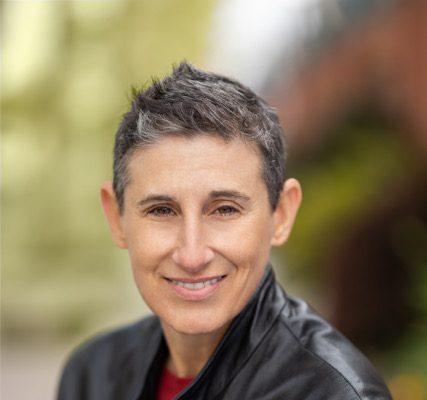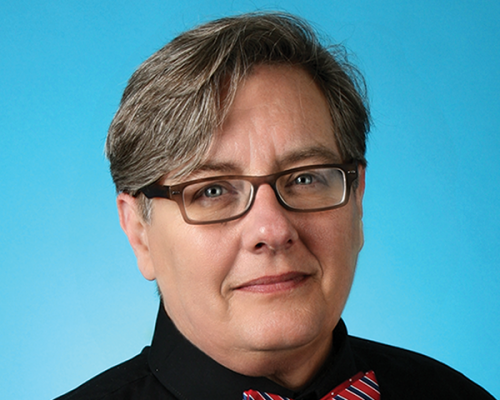by Chuck Colbert
Newly released data and analysis by Washington, D.C.-based Witeck Communications estimates that America’s LGBT buying power for 2014 was $884 billion — up from $830 billion a year ago and $790 billion in 2012.
In releasing the latest projection, Bob Witeck, president and founder of Witeck Communications, said, “Buying power estimates help paint one snapshot of the overlooked economic contributions made by America’s diverse gay, lesbian, bisexual and transgender households in our dynamic economy.”
Witeck Communications specializes in strategic public relations and marketing communications for corporate and non-profit clients.
At the same time, Witeck emphasized, “Buying power is not the same as wealth. In fact, there is no evidence that same-sex households or LGBT people are more affluent or, on average, earn more than others. Economists confirm that is a stereotype, as academic research strongly suggests that gay men appear likely to earn slightly less than their heterosexual counterparts, for instance, and that LGBT populations of color particularly face many job and earnings barriers.”
In distinguishing buying power from wealth, Witeck specifically cited the work of the UCLA School of Law’s Williams Center and the National Center for Transgender Equality that document regrettably higher incidence of bias and economic disparity faced by transgender adults. “Time and again, studies show that transgender people face unacceptably high rates of discrimination in all areas of life, especially in employment and health care,” he said.
Disposable personal income – also known as buying power – is the amount of money that individuals (or households) have available to spend and save after paying taxes and pension contributions to the government, which is roughly 86 percent of income.
“LGBT buying power is an economic marker that helps benchmark America’s diverse lesbian, gay, bisexual and transgender community,” said Justin Nelson, National Gay & Lesbian Chamber of Commerce (NGLCC) co-Ffounder and president, in a press release. “At NGLCC, we have more than 150 corporate partners that understand not only the value of the LGBT dollar, but the economics of inclusivity and loyalty.”
Witeck cautioned not to oversimplify the LGBT economy and marketplace. “The accelerating movement towards marriage equality, the rising tide of public opinion, and changing federal and state laws help address some of the longstanding discriminatory burdens that LGBT people and same-sex couples face today,” he said. “On the other hand, LGBT Americans and our allies still must address critical nondiscrimination safeguards under law, repair costly tax inequities, put right a complex set of inadequate relationship and parental rights, and dismantle barriers to public safety net programs that other married couples and their families today enjoy.”
Based on a diverse range of LGBT population estimates, and by evaluating more than a hundred online population samples conducted by the expert Harris Poll for more than a decade, the 2014 estimate reflects roughly six percent to seven percent of the adult U.S. population as willing to self-identify as lesbian, gay, bisexual and/or transgender, which is roughly 16 million-plus adults — 18 years of age and older — in 2014.
Moreover, Witeck said that social science tends to be more conservative, and suggests slightly lower population targets. Nonetheless, demographers also acknowledge that a significant proportion of the LGBT population remains hidden not merely from public view but also resistant to many traditional, investigatory methods.
The general approach used for estimating buying power also reflects the accepted path applied by the Selig Center for Economic Growth at the University of Georgia in its calculation of the purchasing power of populations such as Hispanics, Asian Americans and African Americans. This methodology uses national aggregate disposable income data that are compiled by the Bureau of Economic Analysis of the U.S. Department of Commerce and are, therefore, considered the most authoritative picture of overall purchasing power in the United States. LGBT purchasing power is understood by estimating a proportion of aggregate disposable personal income to the population range of LGBT self-identified adults.
All of which is to say, the buying power of LGBT people provides an opportunity for LGBT media.
“Buying power grows each year,” Witeck said in an interview, “because our population is growing and the economy is growing” and “therefore more people are reachable, and of course, more people, especially younger ones, are coming out. Gay media will find a growing cross-section of audiences who are more comfortable and confident.”
In addition, Witeck said, “I believe the gay marketplace and readership have transformed. It’s a millennial audience as well.”
Accordingly, he said, “Gay media can connect with younger people very well, who are so often beyond labels. They’re interested and have shown engagement in our lives, our community, and our events, [such as] gatherings, concerts, theatre performances, festivals, sporting events, and Pride events — all are shaping up to be truly inclusive and to engage diverse consumers and families. In other words, our lives, our events are welcoming and receptive to people of all backgrounds. I think of it as the ‘PFLAG effect.’”
In attracting a younger audience, Witeck said, “Gay media is a trusted channel to educate them and also show millennials new windows on entertainment and involvement.”
Better yet, with a growing economy, “The reach to the advertising base is changing,” Witeck said. For example, “In local markets there are many more venues and retailers who find it important to connect with gay readers because they are among the most avid, viral connectors. Gay people, I have seen, tend to index higher in promoting newer products and sharing experiences in all forms of social media. I think that alone makes it clear that marketers want to educate gay readers about what they are doing. They want to show that their shop, their restaurant, their bar, their club — whatever they are opening or doing — doesn’t have to be intended only for a gay following, but it has to be one that offers originality and style. And with the sunset of many gay bars, it will be important for other nightspots to identify ways to make themselves engaged, accepting, inviting to LGBT people, too.”
Altogether, a growing economy, increased buying power and a changing audience “all seem to work to our advantage,” said Witeck. “Gay media, if they are smart, will be able to figure out that it’s all about sustaining and supporting your loyal audience, not losing them, and learning ways to expand to others.”
TOP STORY
Volume 17
Issue 3






